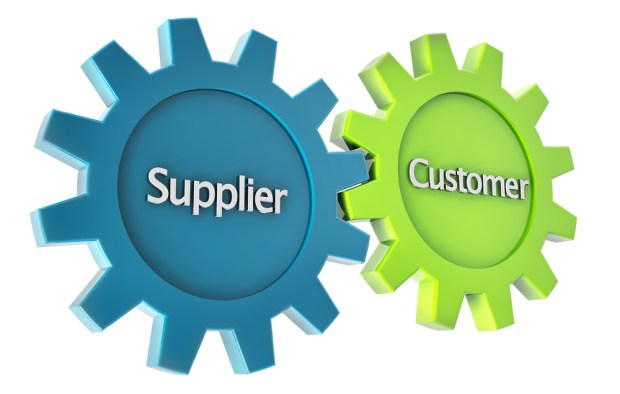What Suppliers Want: Checks, Cards And ACH Preferences

The shift in B2B payments from paper to digital will take a path that looks far different than a straight line. Businesses still depend on checks, and the migration to ePayments is slow. Even with that migration occurring, there are a flurry of options businesses can use, from commercial card to ACH, with buyers and suppliers each struggling to find common ground over what payment method works best for both.
In an effort to help these companies meet in the middle, Receivable Savvy took a moment to examine the accounts receivables preferences and habits of suppliers. The company, which provides order-to-cash streamlining and management for suppliers, published the “2015–16 Perceptions Deep Dive: A definitive benchmarking guide for payment and remittance” eBook on Tuesday (Feb. 23).
In doing so, analysis uncovered a bit of disconnect between what these businesses want and what their clients actually deliver.
What Suppliers Want
In a survey of supply-side organizations, the majority (63 percent) said they actually prefer being paid electronically, specifically via ACH. Just one-quarter wanted to get paid by paper check.
Even fewer, 9 percent, said they prefer payment via commercial card.
These results may come as a surprise, considering B2B payments’ lasting reputation for being stuck on paper and the emergence of greater card acceptance among suppliers cited by several industry analysts in recent weeks.
This divide among payment preferences begins to take a new shape when company size comes into consideration.
Researchers found that firms with $50 million or less in annual revenue prefer paper checks at a rate of about 37 percent. With businesses experiencing greater revenue volume, however, that percentage drops to about 15.
“The data is virtually the opposite for electronic/ACH payment,” the report found, “where companies making less than $50 million a year prefer electronic/ACH by about 48 percent, while those above $50 million prefer electronic/ACH from between 72 percent and 78 percent.”
Analysts found a connection between lower invoice volume and greater preference for paper checks, and vice versa.
What Suppliers Get
In order to understand how these preferences impact relations with clients, Receivable Savvy then looked at how suppliers are actually getting paid by their customers.
About 83 percent of businesses of all sizes said they receive paper checks for either some or all of their payments received. ACH use, however, is nearly as popular, with 71 percent of suppliers citing that they receive payments electronically.
And even with so few suppliers preferring commercial card payments, more than half (52 percent) still take their payments in this form.
Interestingly, researchers found that receiving payment via paper check remains common regardless of the size of a company. But ACH payments generally occur more frequently as the size of a business increases; in fact, suppliers with more than $1 billion in annual revenue receive electronic payments at a rate greater than paper checks. And, as supplier revenue increases, commercial card payments tend to decrease, the report found.
Do eInvoices Make A Difference?
One may believe that a supplier’s decision to submit an invoice electronically may encourage clients to pay electronically. According to Receivable Savvy, it’s actually a belief that holds true.
“When cross-tabulated by how companies submit invoices to their customers, we see that invoice submission by electronic methods … will usually result in greater likelihood of ACH payment,” the report concluded.
The form of invoice, however, does not appear to impact the likelihood of receiving payment via commercial card.
Digital invoices are also associated with a willingness among suppliers to offer an early payment discount — unless the discount is offered by a third-party provider.
Faster Payments
With digital procurement and invoicing players advocating the role of these technologies in faster B2B payments, Receivable Savvy turned to exploring how long suppliers wait to get paid.
The majority (55 percent) of businesses with more than $1 billion in revenue said they wait an average of 30 days to get paid; two-thirds of businesses with less than $5 million, however, say the same.
Researchers found a correlation between the volume of invoices submitted and the length of time it took for those invoices to get settled, however.
What It All Means
The report offered an array of conclusions that can be taken away from these statistics. For example, Receivable Savvy noted that paper checks still remain the top method of receiving payment among suppliers, despite the majority of businesses preferring to get paid via ACH — even among businesses that don’t prioritize faster payments.
In a statement announcing the research, Receivable Savvy Founder and Managing Director Ernie Martin noted that the research can provide a view into how buyers and suppliers can strengthen their financial relationship.
“This deep dive allows us to share more detailed data regarding how suppliers receive customer payment and the inherent differences when the data is segmented by supplier revenue, invoice volume and industry,” he said.
